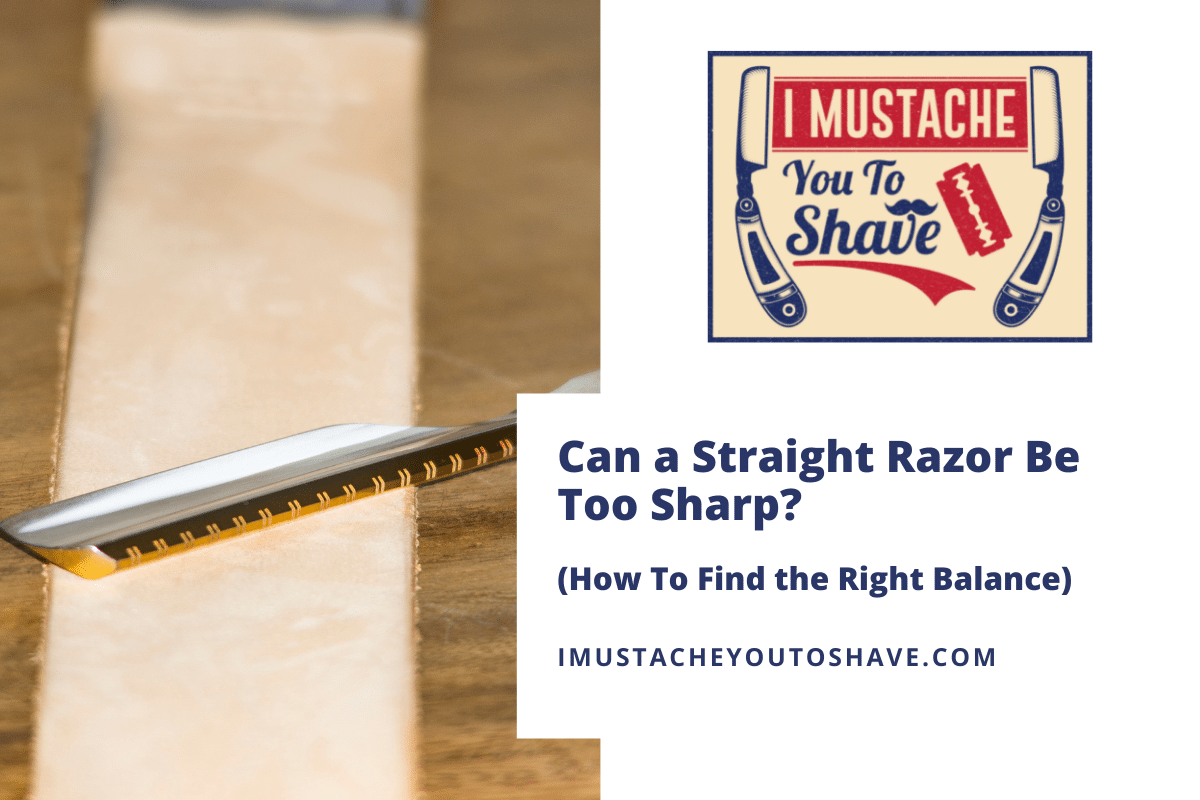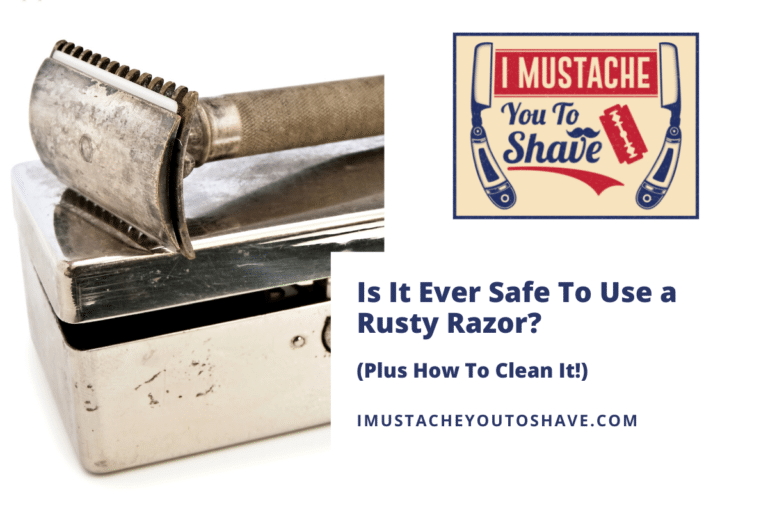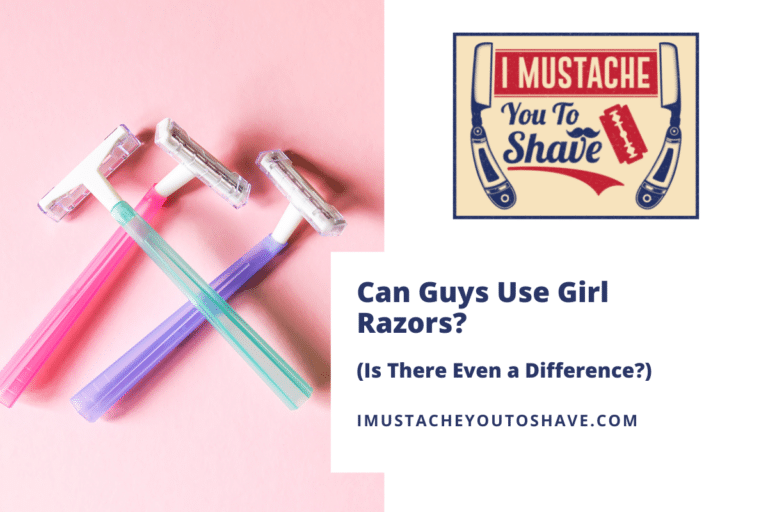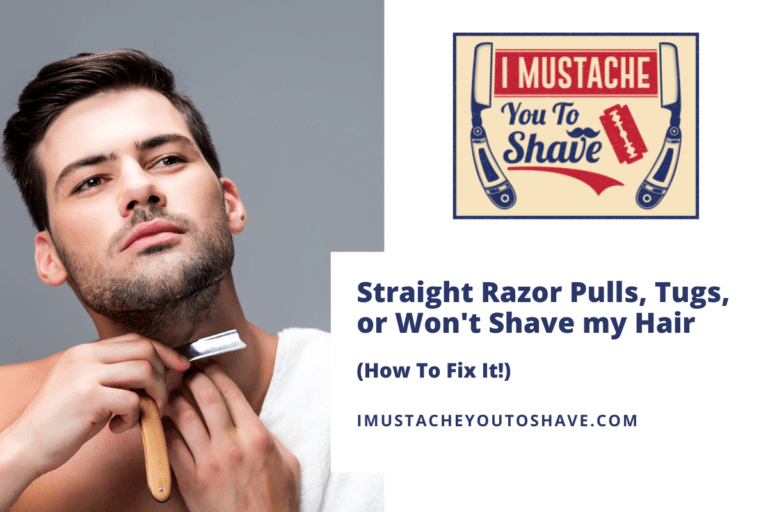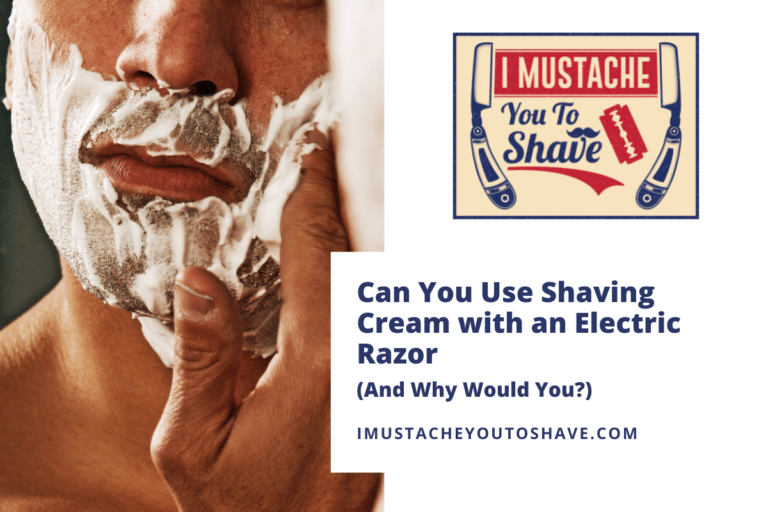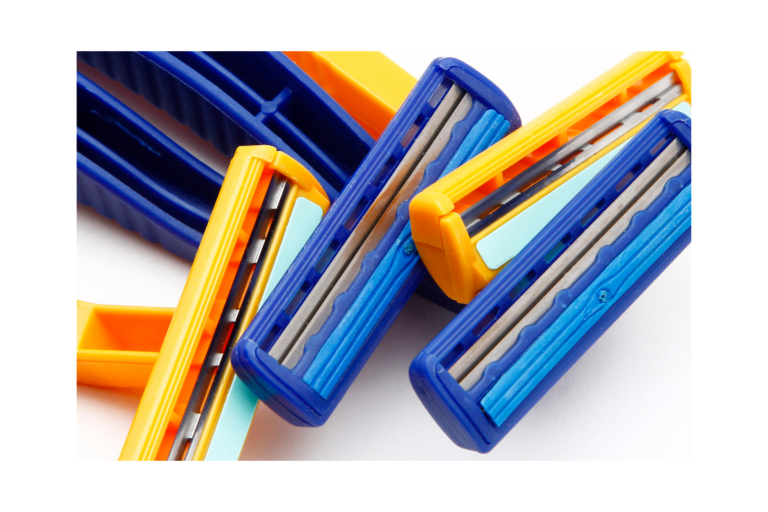Can a Straight Razor Be Too Sharp? (How To Find the Right Balance)
Blade maintenance is critical to achieving a clean, precise shave with your straight-edge razor. You might logically presume that a dull blade needs to be sharpened, but if you think a step further, you might find yourself wondering, “Can I sharpen my straight razor too much?”
When sharpening, a blade can have its edge excessively refined or over honed. Though a rare occurrence, this could lead to a brittle edge and a rough shave. Practicing regular straight razor maintenance with the right tools and the correct process should help to avoid both a dull edge and an overly honed blade.
Let’s take a look at how a straight razor might be over-sharpened, and exactly what the standard is for how sharp one should be. Then, we’ll look at what goes into maintaining a straight razor to keep it in a state of sharpened, honed, and stropped perfection.
Can a straight razor blade ever be too sharp?
There is a way in the delicate process of blade sharpening that the action can be taken too far, and ruin the integrity of the blade’s edge. This process is called overhoning. It doesn’t happen often, but when either too much pressure or too many laps (repetitive motions) are utilized, a blade can be over honed.
A jagged edge on the blade can be the result of overhoning. In turn, this can lead to a dull-feeling shave, and the occurrence of razor burn is another possibility.
Over-sharpening your straight razor is a possibility. However, it is not a highly likely one. Choosing a straight razor as a shaving tool is an endeavor of itself; these razors need to be cared for and maintained just as one would a set of knives or any other blade.
To best prevent errors in sharpening your blade too much, not enough, or improperly in general, make sure you have a good handle on the basics of straight razor maintenance. This is sure to help keep you safe, and paramount to a mutualistic relationship between you and your blade.
In addition to the inconvenience of a less-than-clean shave, correcting the edge of an over-honed blade requires back honing, which means more time (and possibly money) spent on razor maintenance.
How sharp should a straight razor be?
Without professional equipment, it can be difficult to gauge the sharpness of a blade without testing it.
The easiest way to determine the sharpness of your personal straight razor is by performing a test shave with it. An adequately sharpened razor will not pull at hair.
A blade pulling at hair is a sign it has not been adequately sharpened. A scratchy feeling can indicate underhoning (not honing the edge enough) or overhoning (honing the edge too much).
How to tell if a straight razor is sharp enough
If you’re not in a position to immediately test the blade out on your face, there are other ways to get a good idea of how sharp the blade is.
Outside of diving right into the shave test, there are other options for assessing the sharpness of your razor:
- Hair Test – Take a single strand of hair and hold it so it hangs down. Lightly tap it with your blade. If the hair “pops,” this indicates it is properly sharpened.
- Arm Hair Test – Carefully run your straight blade ⅛”-¼” above your arm hair. If the hairs “pop” or are severed, then your blade’s edge should be at optimum sharpness.
Is it hard to keep a straight razor sharp?
Keeping your straight razor sharp is certainly a task. However, it can be viewed as a labor of love.
Following these three straightforward steps as part of regular maintenance should keep you on track to a clean shave with a sharp blade.
- Sharpening – A dulled blade must be sharpened. A rough stone helps remove debris from the blade. The blade is left with a “wire edge,” which will be improved upon in the next step.
- Honing – After a blade is sharpened, it is then honed. Using a less coarse stone than those used for sharpening, the blade’s edge is smoothed and refined by honing.
- Stropping – The final step in the process, stropping takes what honing does and finetunes it even more. This is for removing any final scratches and polishing, essentially.
After these steps are followed, be sure to properly sanitize and store your straight razor.

